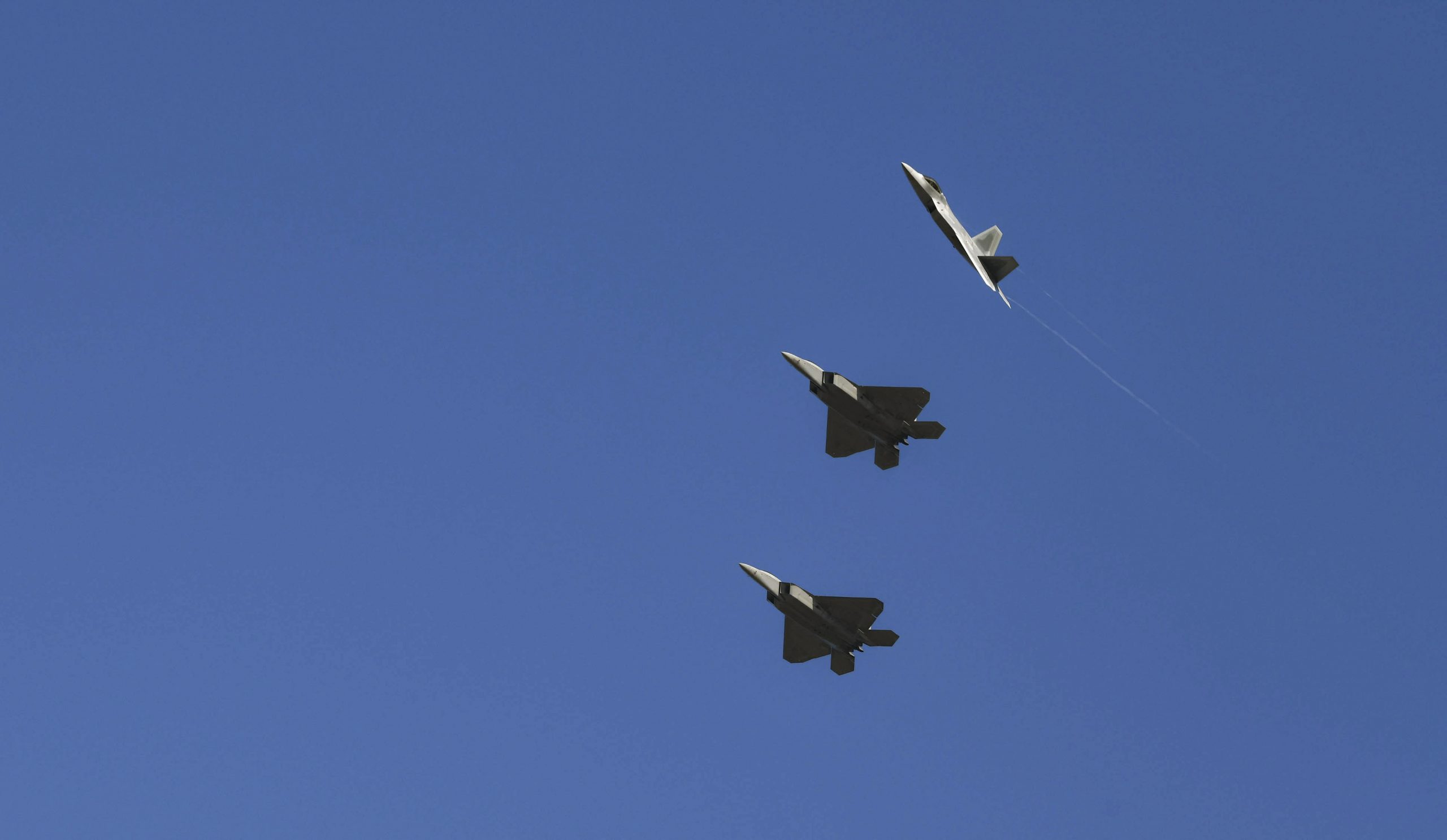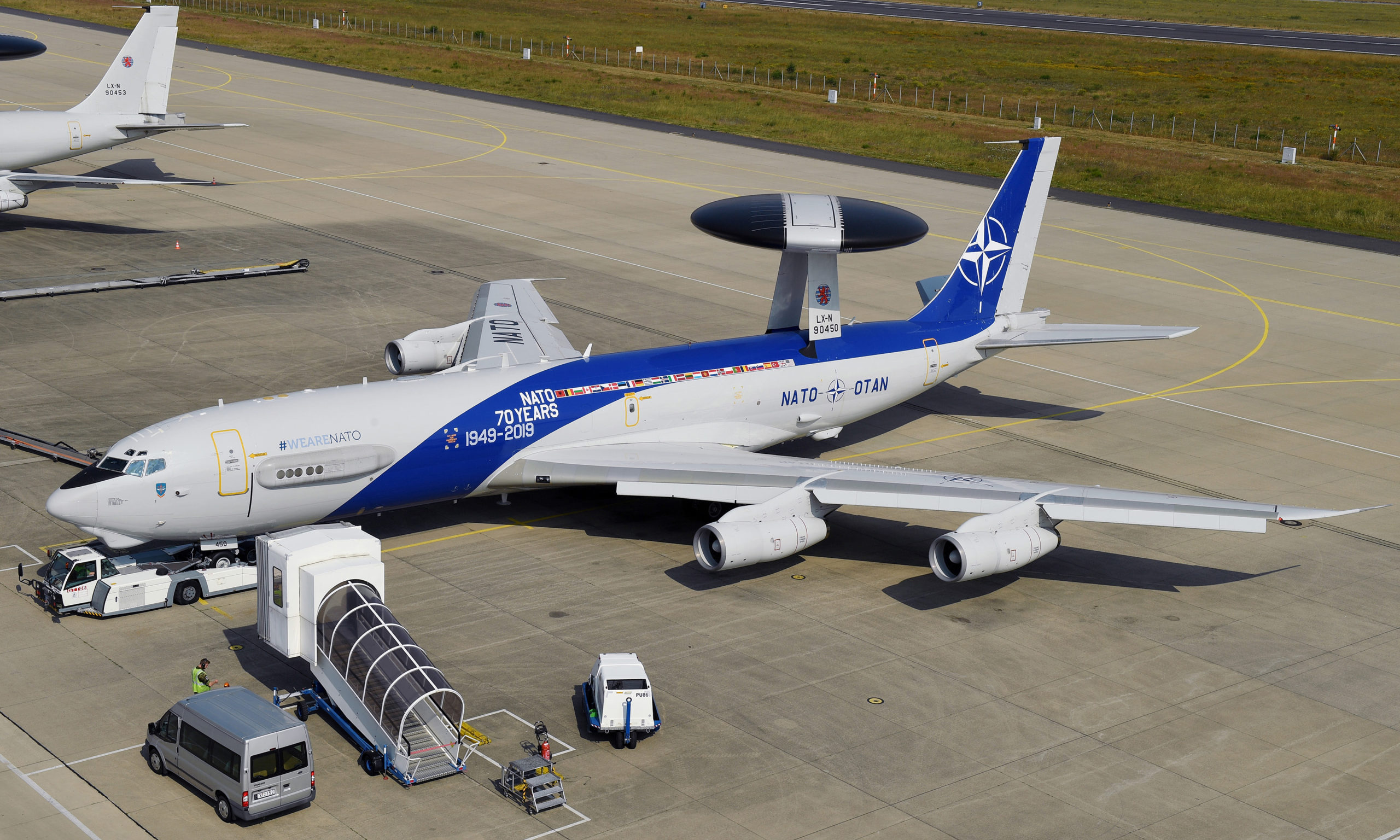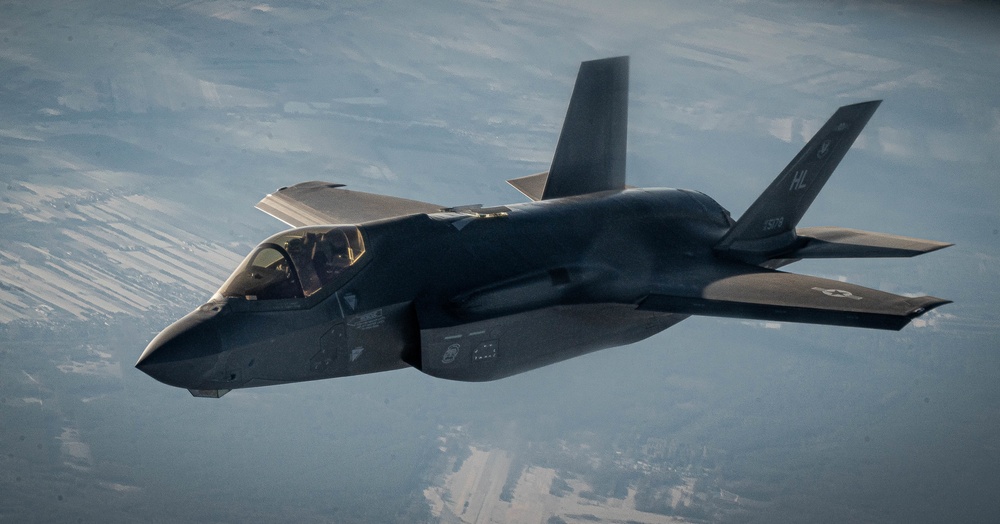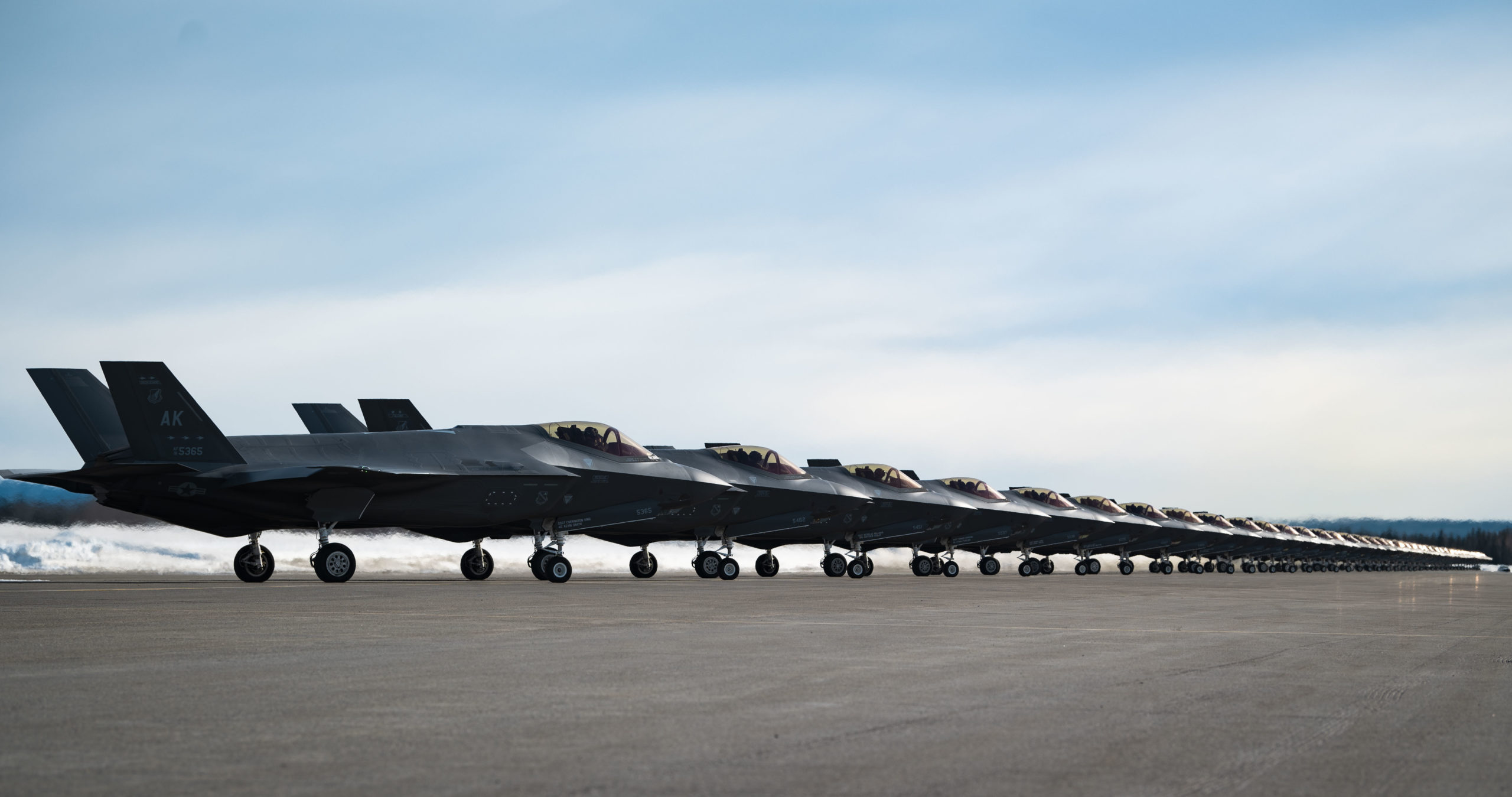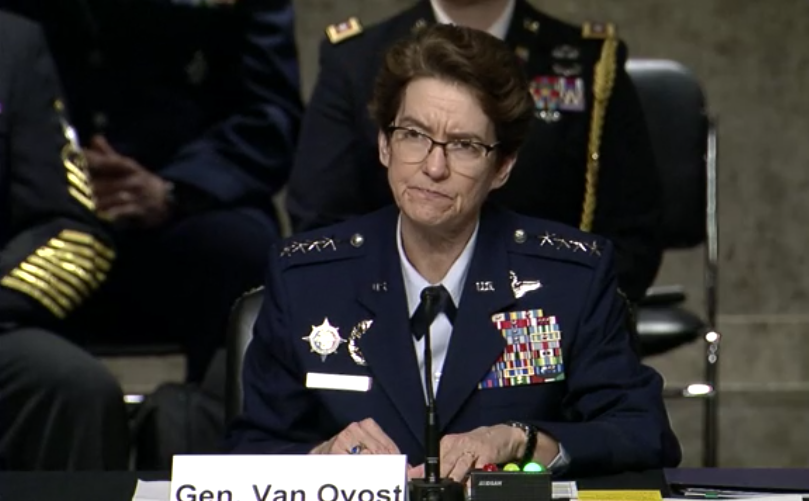The Air Force will form a training unit from its newer Block 30/35 F-22 Raptors, reducing the jets available for combat operations, according to Lt. Gen. David S. Nahom, deputy chief of staff for plans and programs.
At the same time, new weapons developments, such as the new AIM-260 Joint Advanced Tactical Missile, can help the Air Force maintain a competitive edge against peer threats.
A reduction in the F-22 fleet in the fiscal 2023 budget request, however, from 186 airplanes to 153—combined with the creation of the training unit—would sharply reduce the number of F-22s available for battle, according to an analysis by the Air Force Association’s Mitchell Institute for Aerospace Studies.
One reason the Air Force is reducing the size of the F-22 fleet, Nahom said, is that new F-22 pilots, trained on the older Block 20 airframes, are taking too long to transition to the upgraded Block 30/35 models at their operational units.
“The difference between them is getting greater and greater over time,” Nahom said in an interview with Air Force Magazine, “because we keep putting more capability on the operational Raptors.” The older jets aren’t getting those upgrades “because they don’t have the capacity” to absorb the modifications, and the Air Force has decided it wouldn’t make financial sense to upgrade the older jets, despite the small size of the Raptor fleet.
Air Force Secretary Frank Kendall told reporters in a pre-release budget briefing that USAF thinks it’s more efficient to take the older F-22s out of service now and use the money saved by not flying and fixing them to develop the Next Generation Air Dominance system.
“Because of the nature of the hardware and the software” in the Block 20 airplanes, Nahom said, students have to “relearn a lot of things in the operational units.” What the service wants is a swift transition—“a quick topoff”—when students come from a system schoolhouse to their first operational unit.
“It’s not that way with the Raptor right now,” he said.
“So, what we’re going to do is … we’re going to take some of those Block 30/35s and turn them into a training unit, and it will be able to be able to train [students] at a higher level. And so you’ll have a much more full-up round when the young pilot shows up at his or her operational unit.”
Nahom did not say how many Block 30/35s will be put into a training unit, but it will likely be less than the 60 now set aside for that purpose. Nahom also did not say where the unit will be headquartered. The F-22 schoolhouse at Tyndall Air Force Base, Fla., moved to nearby Eglin Air Force Base when Hurricane Michael largely destroyed Tyndall in 2018. However, the Air Force said in budget briefings this week that its Raptor fleet will be redistributed among other F-22 bases.
With a fleet of 153 F-22s, the usable number of F-22s plummets to a very small figure.
Lt. Gen. David A. Deptula, dean of the Mitchell Institute, said that with 186 F-22s, after taking away 60 for training and with a mission capable rate of about 50 percent for the remainder, what is is left is a usable force of just 62 Raptors. F-22s have have, however, turned in mission capable rates of about 80 percent during combat operations in the past. At that rate, 98 could be available for battle.
In that case, Deptula said, the available aircraft would be split “one-third in the fight; one-third preparing to launch or en route; and one-third recovering, refueling, and re-arming.”
Using the new inventory of 153 airplanes as the baseline, he added, reduces that to “a maximum of 27 F-22s in the fight at any one time—using the entire F-22 inventory.”
New Weapon
Nahom said the Air Force is “really looking forward” to fielding the AIM-260 JATM, which he called “ a wonderful weapon.”
“I think when you mix that with our other platforms … that is going to help us keep our advantage” in the air-to-air fight.
The JATM was first revealed in the summer of 2019, when then-Brig. Gen. Anthony W. Genatempo, program executive officer for weapons, described the missile at an “industry days” conference hosted by the Air Force Life Cycle Management center.
Genatempo said at the time that flight testing would begin in fiscal 2021 and initial operating capability would follow in fiscal 2022. The missile, being built by Lockheed Martin, is longer-ranged than the AIM-120 Advanced Medium-Range Air-to-Air Missile (AMRAAM), to compete with the Chinese PL-15. The PL-15’s long reach allows pilots of stealthy Chinese J-20s to see, target, and shoot at adversaries before AMRAAM-armed jets can shoot back.
The Air Force is putting $344 million into F-22 upgrades in its fiscal 2023 budget request, described mainly as “sensor upgrades.”
“We can’t stop” improving the F-22, Nahom said. “Because our adversaries aren’t stopping. And that’s why you see our investments in things like NGAD … But we’re very excited about the upgrades we’re making to the F 22.” Other improvements include a helmet-mounted weapon cuing system.
The highly classified JATM is believed to marry a multi-mode seeker with a long-burn rocket system capable of fitting within the weapons bay of the F-22. It will also equip the Navy’s F/A-18E/F and eventually the F-35.
In justifying a military construction project at Hill Air Force Base, Utah, in 2019, the Air Force said a special storage area for the JATM was needed at the base due to its “extremely sensitive” nature and the need for a “Special Access Program Facility” at the base with heavy security to house it.
USAF said the JATM “is the number-one air-delivered weapon priority for both the Air Force and the Navy, and out-prioritizes other weapon system improvements and modernization efforts on any fielded aircraft.” Genatempo said in 2019 that JATM would supersede production of AMRAAM circa 2026.
